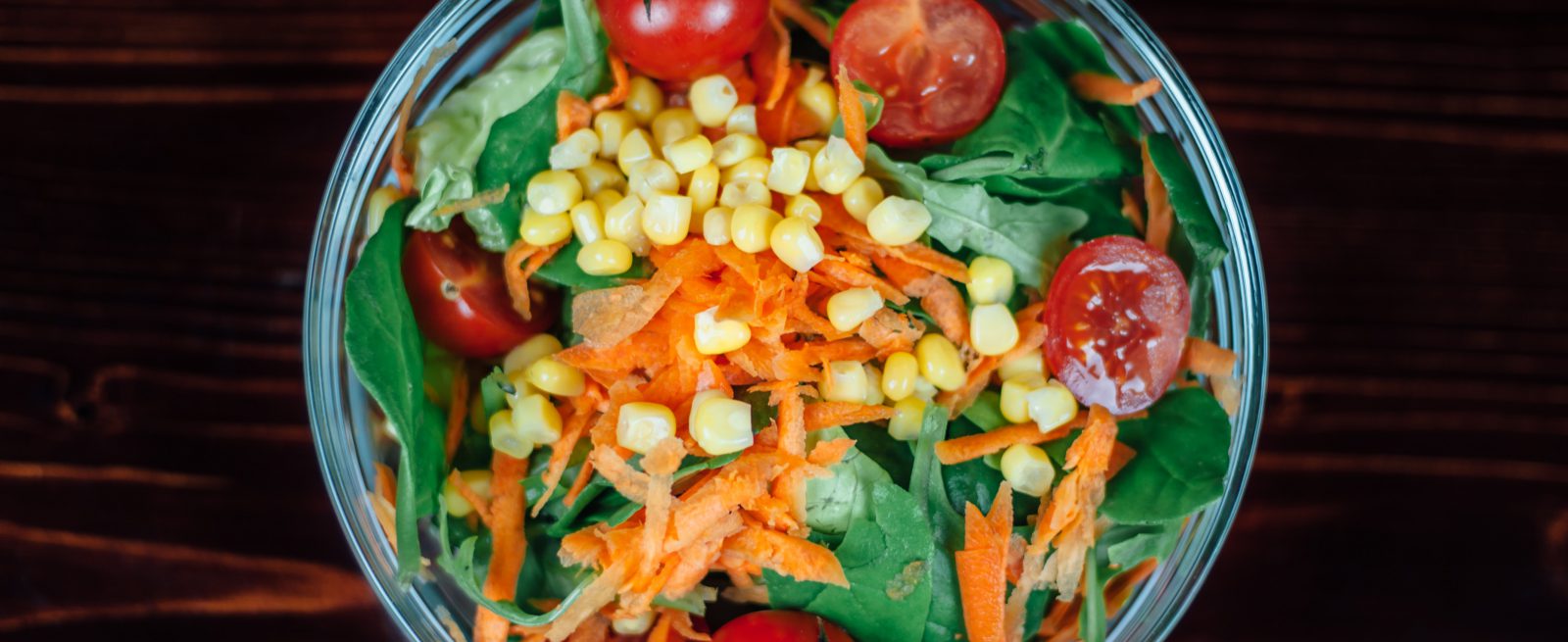What Are Some Spring Dining Trends for 2018?
2 Min Read By Wade Winters
“Ask the Expert” features advice from Wade Winters, Vice President of Supply Chain for Consolidated Concepts Inc.
Please send questions for this column to Modern Restaurant Management (MRM) magazine Executive Editor Barbara Castiglia at bcastiglia@modernrestaurantmanagement.com.

Q: What are some spring dining trends that I should consider?
A: As the season changes, restaurants kick their operations into full swing with the promise of busy shifts ahead. Spring means early crops likes leafy greens, asparagus and berries. Berries’ short shelf life and volatile commodity prices make them somewhat risky to bring in the door, but no Spring brunch, cocktail or dessert is complete without them. California strawberries hit peak in the market from March to July, while domestic blackberries and blueberries become abundant starting in April and May. It’s worthwhile for operators to look into when regional blueberries are in season and offer them as a highlight on the menu.
The majority of berries freeze incredibly well and lend themselves perfectly to compotes, desserts and cocktails. If the berries in your walk-in are about to turn and you are able to incorporate them into your menu, pureeing them and freezing them dramatically extends their shelf life. The frozen berries are useful throughout your menu: in smoothies, as hot or cold cereal toppings, in parfaits or in pancakes, waffles, scones or muffins. For a novel take, blend pureed berries into cream cheese to make custom toppings or fillings for French toast.
Prime Primavera
The fresh flavors of Spring are enhanced by the inclusion of fresh herbs in recipes. One relatively cheap and simple way to up your décor and your flavor is to grow your own herbs. Herbs can be planted in view of the dining room and can be a huge boost to the dining experience as guests receive fresh bowls of pasta primavera garnished the herbs grown in view of the table. The herbs can be used throughout the menu in entrees, cocktails, salads and even desserts. Furthermore, Basil, Rosemary, Lemon Verbena, Lavender, Sage, Tarragon and Thyme are all finding their way into cocktails crafted by creative mixologists.
With the exception of basil, all herbs should be stored between 32-36 degrees and protected from drafts, which will result in dehydration and wilting. Basil is best stored between 45-50 degrees.
Spring dining also means Spring salads. And Spring salads, of course, mean the now-ubiquitous Spring mix. But not all Spring Mixes are created equal. Consider not only flavor and color, but plate coverage when choosing the right leaf mix variety. There are also many other inventive salad mixes to consider that feature on-trend ingredients such as arugula, brussels sprouts, chard and, of course, the ubiquitous Kale leaf.
For many veggie lovers, the end of winter means asparagus. California’s asparagus season starts in mid-March and runs into June. Domestic asparagus typically costs more than imported asparagus coming from Peru and Mexico due to asparagus being one of the most labor-intensive commodities that there is and the higher labor costs associated with domestic hand-pickers drives the price higher.
Lastly, for operators, Mother’s Day can be one of the biggest sales days of the year. Spiralized vegetables will be a popular substitute this Mother’s Day. Veggie “noodles” are a tasty and popular alternative to the traditional variety, and will be a big Mother’s Day dish as well as on specials menus throughout the season.


